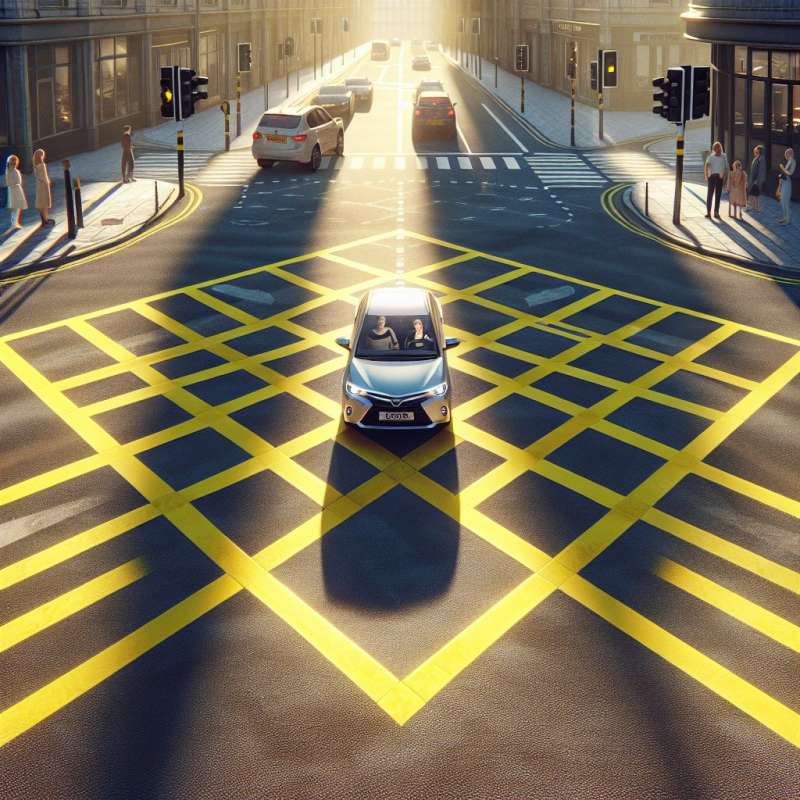
UK Driving: The Basics
In the UK, vehicles drive on the left-hand side of the road. Drivers must pass a theory test and a practical driving exam to obtain a full driving licence.
Speed Limits Varied
UK speed limits change by area type: 30 mph in built-up areas, 60 mph on single carriageways, and 70 mph on motorways and dual carriageways, unless signs state otherwise.
Roundabouts: Priority Rules
When approaching roundabouts, give priority to traffic from the right. Vehicles in the roundabout have the right of way, and signalling is crucial for entering and exiting safely.
Drink-Driving: Strict Limits
The UK has strict alcohol limits for drivers: 35 micrograms per 100 millilitres of breath. Scotland enforces a lower limit, and consequences for violations include fines, bans, or imprisonment.
Unique 'Box Junctions'
Box junctions, marked with crisscross yellow lines, cannot be entered unless your exit road is clear. However, you can enter the box and wait when turning right and obstructed by oncoming traffic.
Variable Speed Limits
Many motorways employ variable speed limits to manage traffic flow. Overhead gantries display the required speed, which can change frequently based on road conditions or congestion.
Historical Driving Origins
The UK's driving on the left dates back to centuries-old travel customs. It allowed riders to keep their right arm free for greeting or defense.
Which side of the road does UK use?
Right-hand side
Middle of the road
Left-hand side
Company